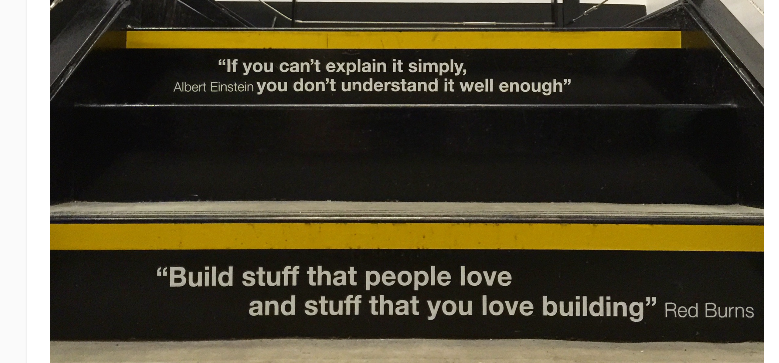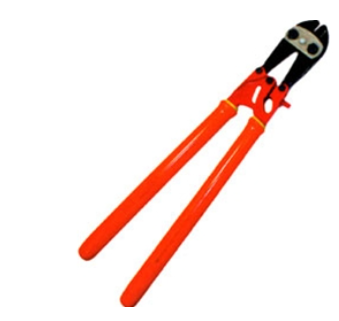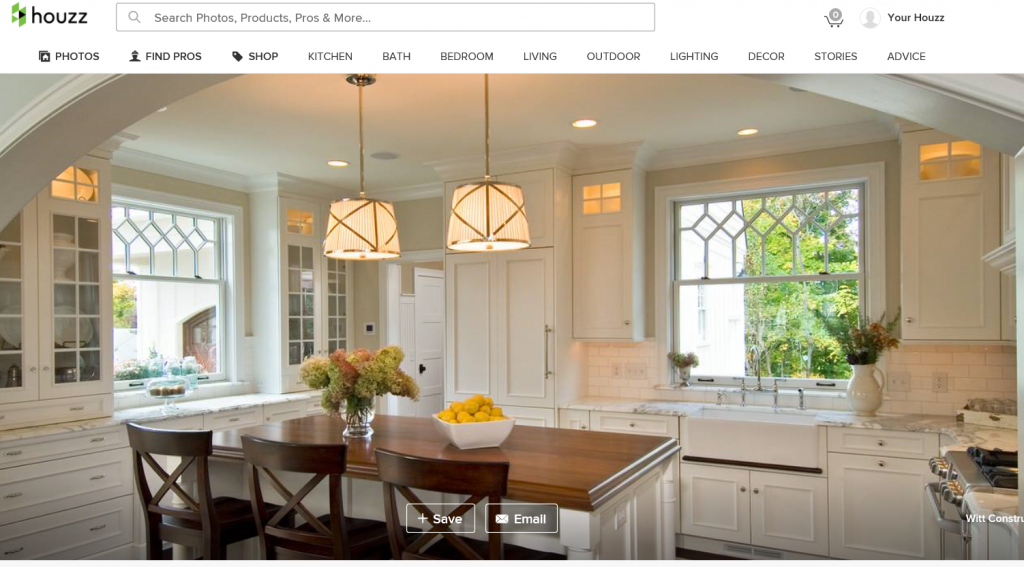Simple. Loveable. And Inspiring.
I scraped this screen grab from Jen van der Meer’s website.
I’ve never met Jen but after reading these two quotes feel we’re sibs from another mother.
In my approach to branding at What’s The Idea? I take these two truths to be self-evident. And many would agree…yet these guiderails are rarely practiced. Was I to add another ingredient it would be “inspiration.” Inspiration creates feelings and action. Ms. Van der Meer is a data analyst. It seems to me complexity is the domain of the data analyst. And in my mind’s eye they are all a little ADD. But when Ms. van der Meer speaks of simplicity and “love of craft” it makes me believe she’d be a great marketer to work with. And a great data analyst.
I often tell clients “I’m a simple man.” It’s a way to self-deprecate and also set the stage that this brand strategy stuff, when complete, is organic, understandable and easy to follow. It’s an organizing principle for product, messaging and experience. Done well it is simple, loveable and inspiring.
Peace.




